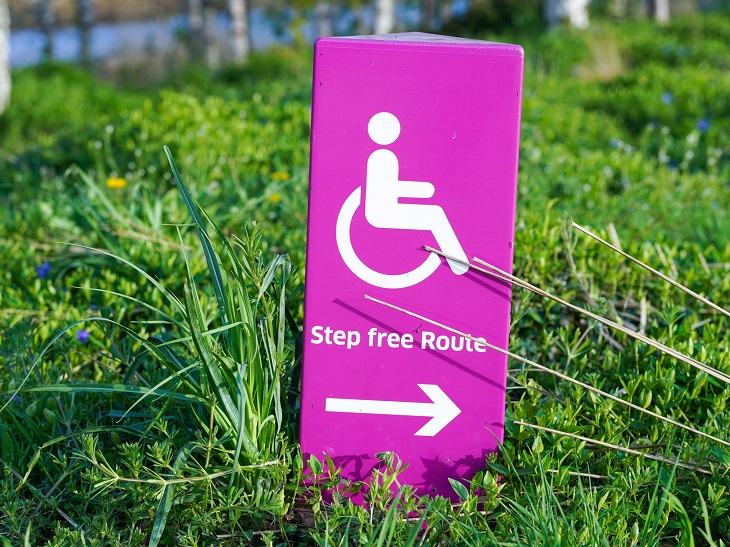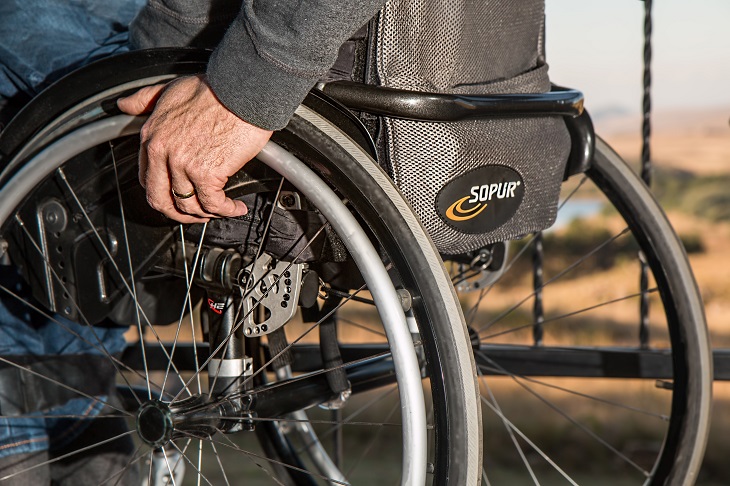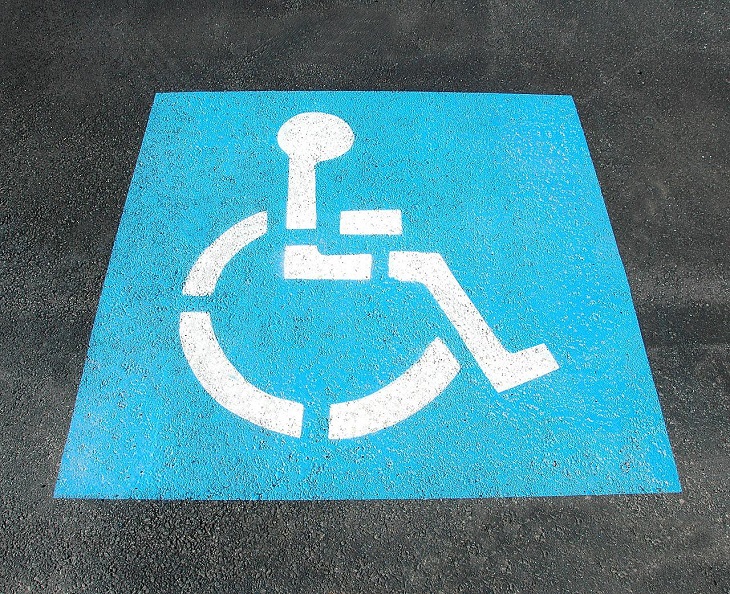Applying for a disabled parking sticker – otherwise known as a disabled parking permit – is the only way to legally park in handicap parking spots. Even those with an obvious physical disability are required to display a valid parking permit while occupying these spaces – it’s the law!
While conditions surrounding disabled parking permits typically vary from state to state, in this particular case the same holds true all over the US. Alabama is no exception, and to make use of the state’s well-developed disabled parking program, you need to apply for a permit. If you have a qualifying condition and think you could benefit from an AL disabled parking sticker, Dr Handicap is here to help.
Alabama handicap tag qualifying conditions
The first thing to note is the list of qualifying conditions for a parking permit. During your application, you will need to complete the Alabama Application For Disability Access Parking Credentials form with your details, including the physician’s certification of your medical condition. The state of Alabama gives two types of parking sticker depending on the severity of your disability and the length it lasts: temporary (up to six months, with date indicated) and permanent (up to five years).

On the application form, the following conditions are given as examples of qualifying disabilities:
- Cannot walk two hundred feet without stopping to rest
- Cannot walk without the use of, or assistance from, a brace, cane, crutch, another person, prosthetic device, wheelchair, or other assistive device
- Are restricted by lung disease to such an extent that the person’s forced (respiratory) expiratory volume for one second, when measured by spirometry, is less than one liter, or the arterial oxygen tension is less than 60 mm/hg on room air at rest
- Use portable oxygen
- Have a cardiac condition to the extent that the person’s functional limitations are classified in severity as Class III or Class IV according to standards set by the American Heart Association
- Are severely limited in their ability to walk due to an arthritic, neurological, or orthopedic condition
If you meet one of the requirements above, you can apply for an Alabama handicap tag. However, if you have another illness that affects your mobility, you may find that you qualify for a temporary permit at least, even if you don’t meet one of the specific requirements above. It’s also possible to meet several requirements at once!
If in doubt, speak with a physician, who will also need to certify your application. You can do this online with Dr Handicap.
How to apply for a handicap sticker in Alabama
The Alabama disability parking application is a streamlined process. First of all, you need to fulfil the medical consultation requirement. During a short consultation (which can be done in-person or online) with a licensed Alabama physician, you will be given the opportunity to explain your health status and to ask any questions you may have.

Once you have filled in the application form (including your physician’s approval), you can submit your application by post or in person at your local Alabama DMV office. There is no fee associated with applying for a permit; however, if you would like license plates, the fee is $23. Plates are convenient for organizations that regularly transport disabled individuals. They’re also a good choice for disabled drivers who prefer to have their tag permanently displayed on the outside of the vehicle rather than remembering to put it in place each time they park.
And that brings us to our final point: always remember to correctly display your permit, as failure to do so can cause you problems (even if you do have a valid parking permit). Ensure your placard is clearly visible, preferably by hanging it on the rearview mirror, although placing it on the dashboard in an obvious way will also suffice. Also remember to keep an eye on the expiry date, so you’re always within the law when parking.
So there you have it: our guide on how to get a handicap sticker in Alabama. We hope this post has answered all of your questions on Alabama disability parking application, and has removed some of the stress from the process!
Featured image by Steve DiMatteo on Unsplash






